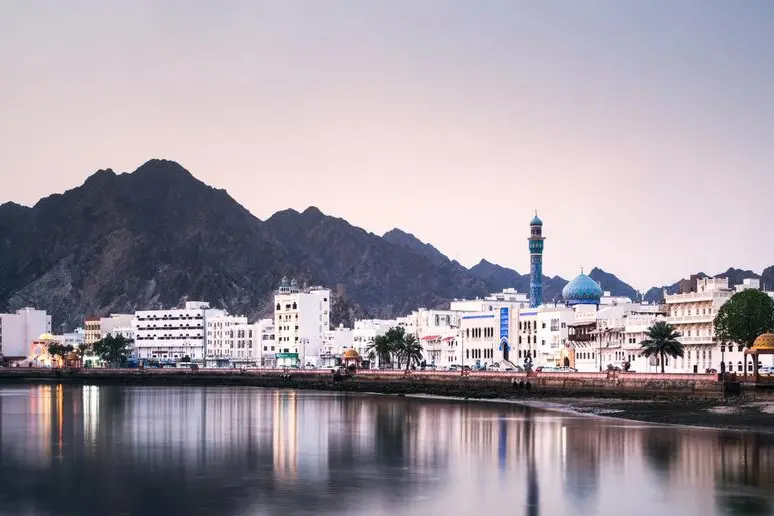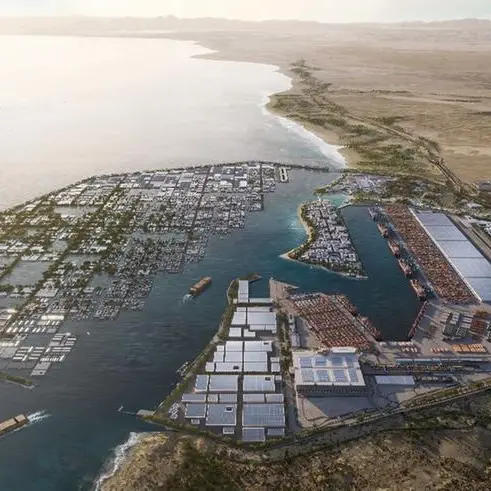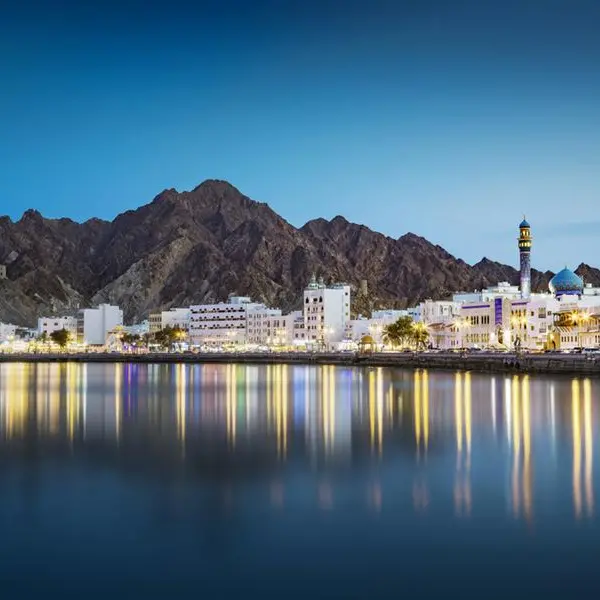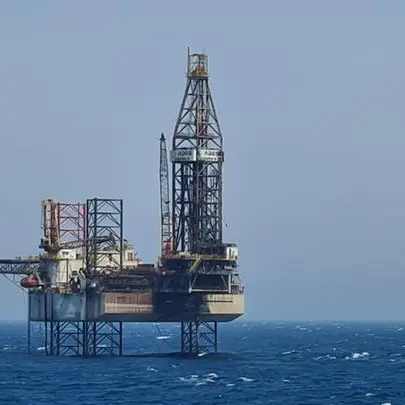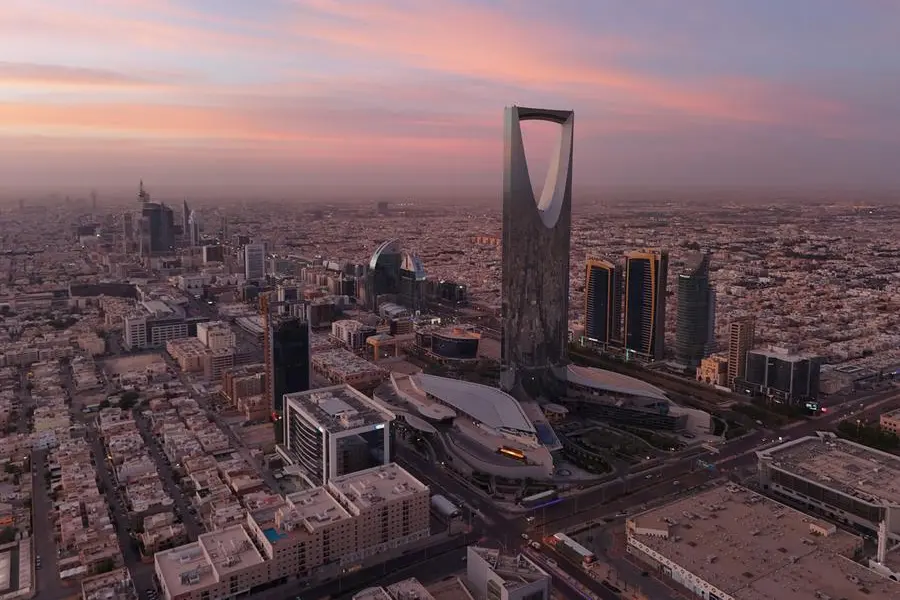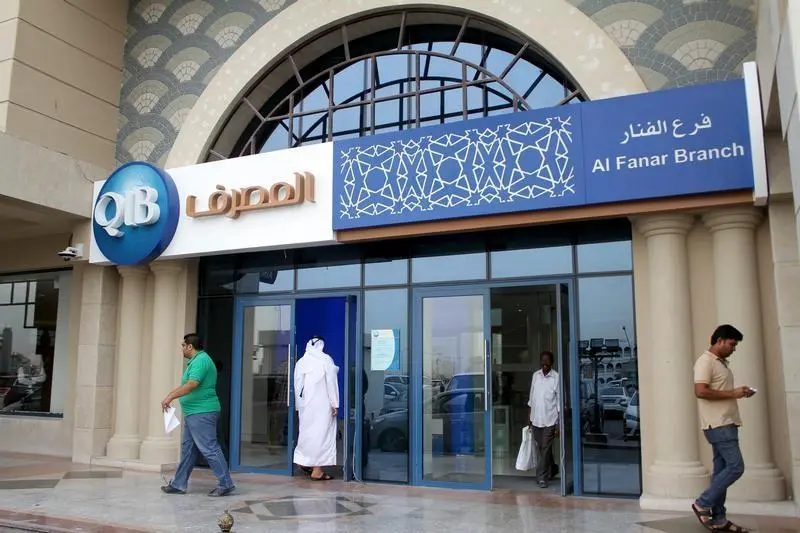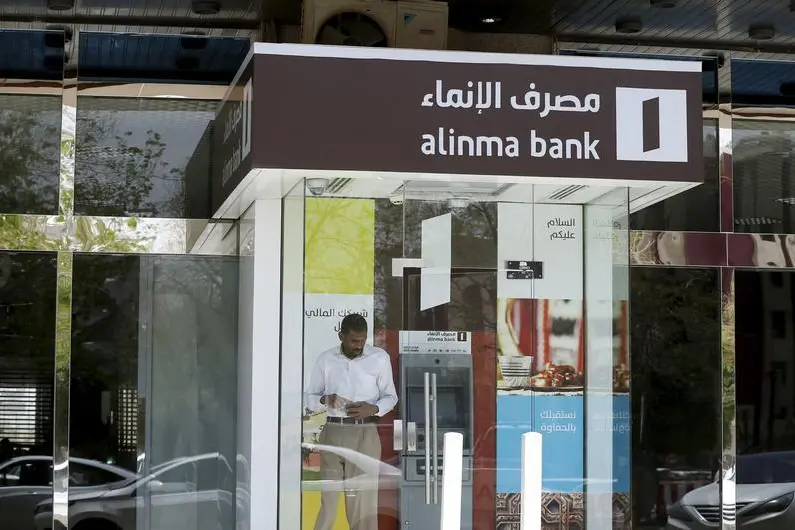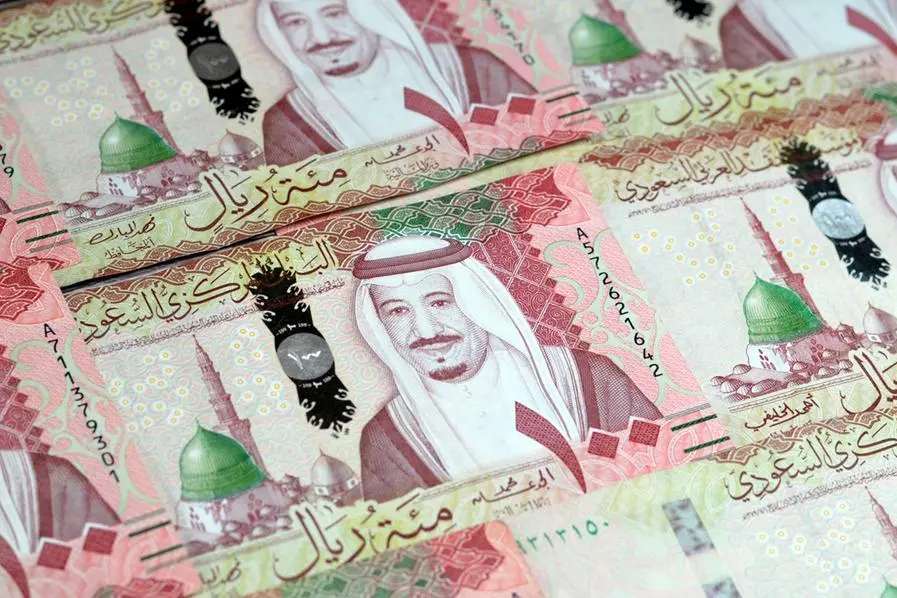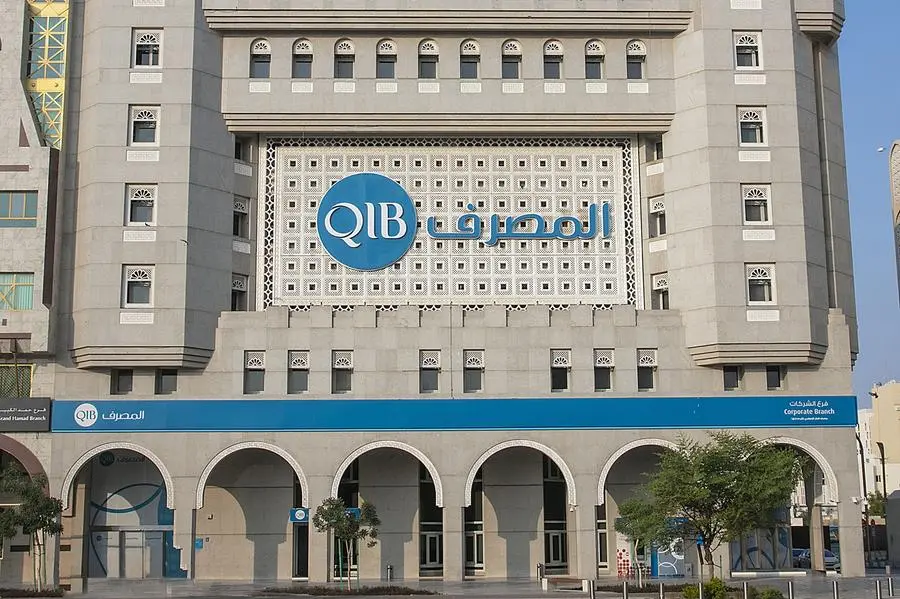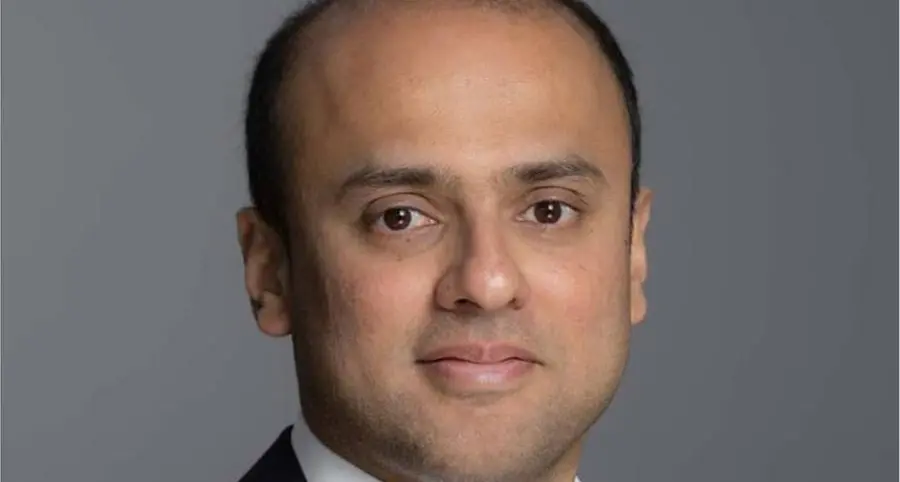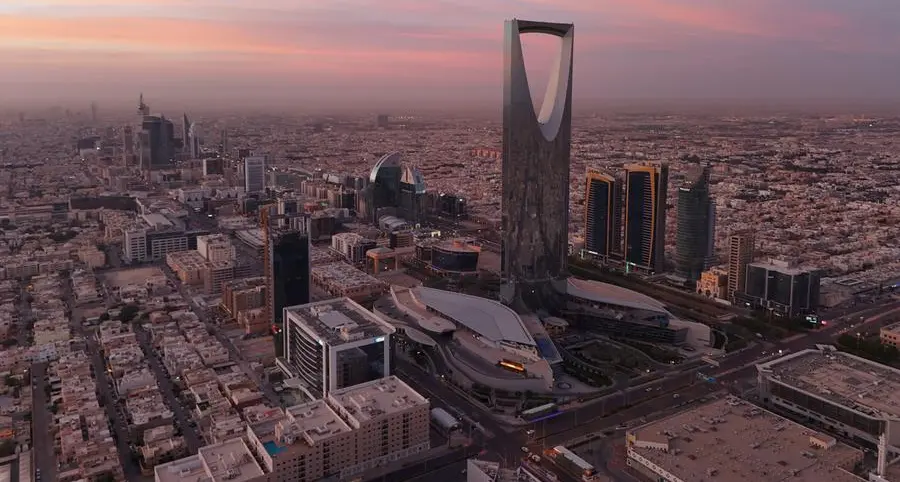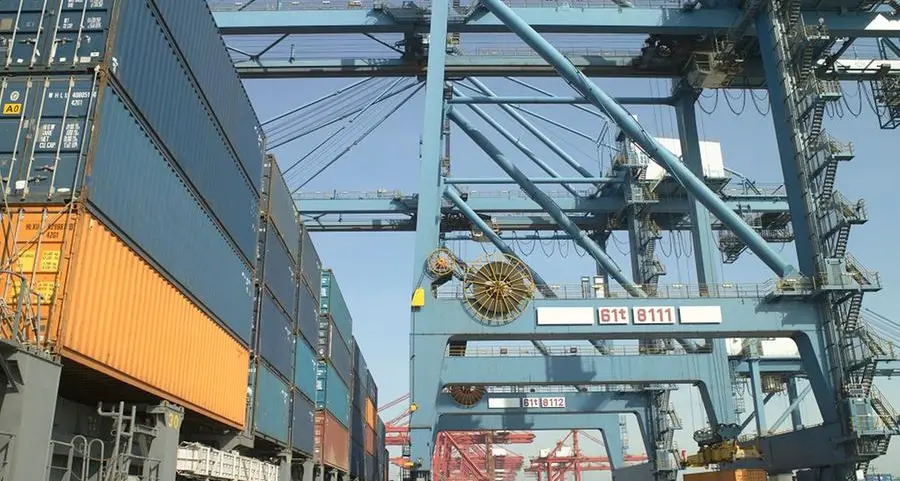PHOTO
Photo taken in Muscat, Oman. Image used for illustrative purpose. Getty Images
MUSCAT: The liberalisation and privatisation of Oman’s electricity sector over the past two decades have delivered significant benefits, including attracting substantial foreign direct investment (FDI), enhancing supply security and quality, reducing technical losses, and accelerating the transition to renewables, according to a senior official at the Authority for Public Services Regulation (APSR).
Eng Hilal al Ghaithi, Director of Energy, highlighted that sectoral reforms initiated in 2005 — and rooted as early as 1999 when Oman became the first in the region to legalise wholly private-owned Independent Power Projects (IPPs) — have transformed the country’s electricity market.
Speaking at a webinar hosted by the British-Omani Society, he explained that before 2005, the government fully operated and regulated the electricity sector as a vertically integrated entity overseeing generation, transmission, distribution, and customer services, including subsidy calculations.
However, concerns over service quality, supply security, and generation capacity prompted a restructuring policy in 1999. Following years of preparation, a 2004 Royal Decree paved the way for privatisation, introducing an independent regulator and segmenting operations among private and government-owned entities.
Crucially, the reforms aimed to foster competition and improve efficiency while curbing government subsidies, which had surged to RO 700 million annually at their peak. Liberalisation also attracted private investment, with FDI in power generation alone reaching $11 billion, complemented by an additional $11 billion in transmission, distribution, and networks.
Dr Hilal al GhaithiDirector of Energy, APSR
The benefits are evident in system efficiencies, Dr Hilal noted. Pre-reform electricity losses of 25% have dropped to 8.5% as of last year, translating to cumulative cost savings of $350–400 million.
This was achieved through an incentive-based regulatory framework that encouraged networks to minimise system losses.
Reforms also paved the way for renewable energy adoption. Regulations enabling investments in solar rooftop systems were introduced alongside net billing incentives for customers exporting surplus power to the grid.
Large-scale solar and wind power projects align with Oman Vision 2040 targets, aiming to generate 30 per cent of total capacity from renewables by 2030 — equivalent to 8–9 GW.
These investments are already making an impact, Dr Hilal noted. “To date, we have successfully commissioned around 1.5 GW of renewables, contributing 6–7% of total generation. Recently, renewables accounted for up to 40 per cent of our daily energy mix in the main system.”
Additionally, liberalisation has strengthened Oman’s regional interconnection capacity. A second interconnector project with the GCC Interconnection Authority (GCCIA) will increase net electricity transfer capacity between Oman and the GCC to around 2 GW.
“This will enhance our renewable energy penetration and allow us to export surplus power to neighbouring countries,” Dr Hilal added.
2022 © All right reserved for Oman Establishment for Press, Publication and Advertising (OEPPA) Provided by SyndiGate Media Inc. (Syndigate.info).
